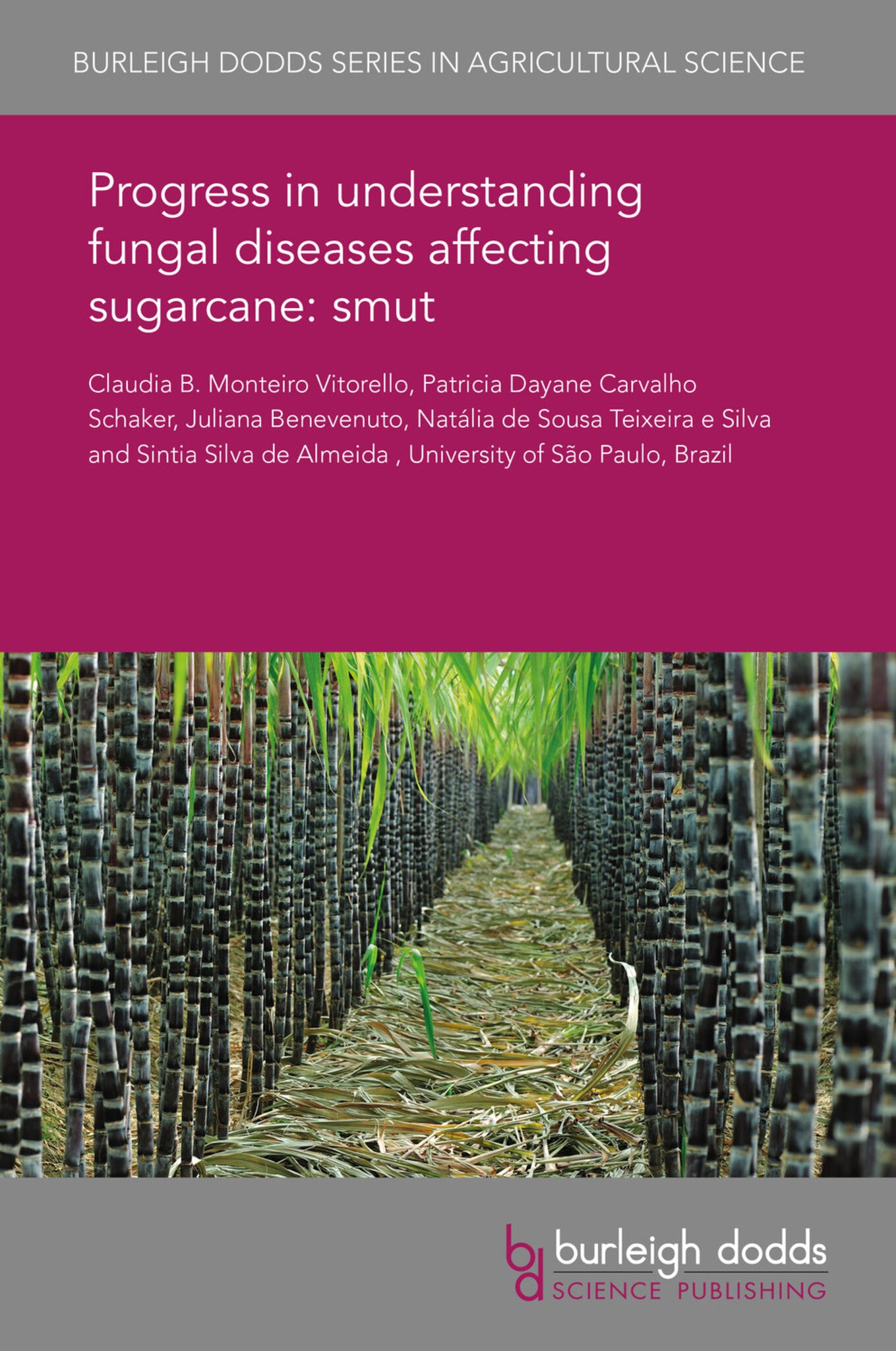We're sorry. An error has occurred
Please cancel or retry.
Progress in understanding fungal diseases affecting sugarcane: smut

Some error occured while loading the Quick View. Please close the Quick View and try reloading the page.
Couldn't load pickup availability
- Format:
-
05 March 2018


TECHNOLOGY & ENGINEERING / Agriculture / Agronomy / General, Agronomy and crop production, TECHNOLOGY & ENGINEERING / Agriculture / Sustainable Agriculture, TECHNOLOGY & ENGINEERING / Pest Control, Botany and plant sciences, Sustainable agriculture, Pest control / plant diseases

1 Introduction 2 Characteristics of the disease 3 Disease control and pathogen detection 4 Pathogenic and molecular variability of Sporisorium scitamineum
5 Insights into Sporisorium scitamineum biology based on genomic and transcriptomic data 6 Sugarcane responses to pathogen invasiveness and development 7 Conclusion 8 Future trends 9 Acknowledgements 10 References



